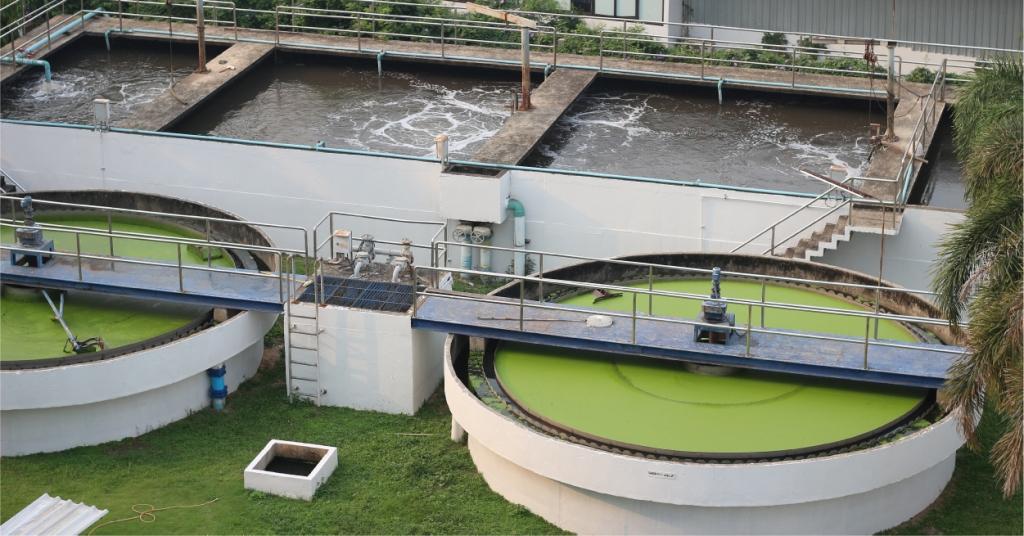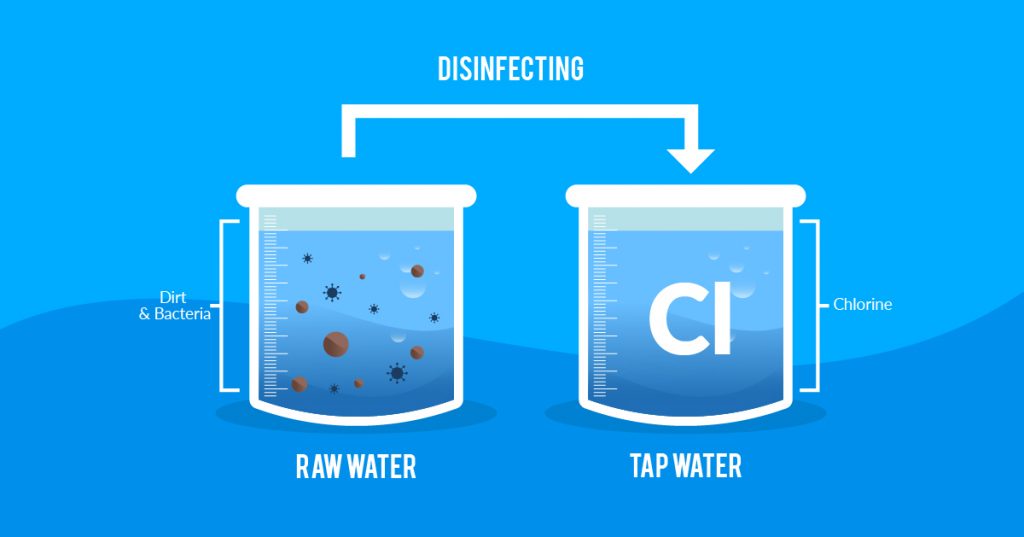Proper wastewater management is crucial for protecting the environment and public health. In the United States, sewage treatment plants play an essential role in processing wastewater from households, industries, and commercial establishments. But what is a sewage treatment plant, and how does it work? This guide explores the sewage treatment plant process, the different types of sewage treatment plants, and why they are vital for sustainable water management.
What Is a Sewage Treatment Plant?
A sewage treatment plant (STP) is a facility designed to remove contaminants from wastewater or sewage, making it safe for disposal or reuse. The primary goal is to treat the water to a level where it can be safely released into the environment or repurposed for non-potable uses like irrigation and industrial cooling. Understanding what a sewage treatment plant is and how it operates is critical to managing water resources efficiently.
The Sewage Treatment Plant Process
The sewage treatment plant process typically involves several stages of treatment to ensure wastewater is properly cleaned. These stages are broadly categorized into three types: primary, secondary, and tertiary treatment.
1. Primary Treatment
- Screening: Large debris like plastics, paper, and other solids are removed using screens.
- Grit Removal: Sand, gravel, and other heavy particles settle in a grit chamber.
- Sedimentation: Wastewater flows into sedimentation tanks where suspended solids settle at the bottom as sludge, while oil and grease float to the surface for removal.
2. Secondary Treatment
This stage focuses on removing dissolved and suspended organic matter through biological processes.
- Aeration: Wastewater is mixed with air to promote the growth of microorganisms that break down organic pollutants.
- Biological Reactors: Activated sludge or trickling filters are used to enhance microbial activity.
- Secondary Clarification: The remaining sludge is separated from the treated water, which then moves to the next stage.
3. Tertiary Treatment
The final stage focuses on polishing the water to remove any remaining impurities.
- Filtration: Sand or membrane filters remove fine particles.
- Disinfection: Chlorine, ozone, or UV light is used to kill pathogens.
- Nutrient Removal: Excess nitrogen and phosphorus are removed to prevent eutrophication in natural water bodies.
After completing the sewage treatment plant process, the treated water can be safely discharged or reused.
Types of Sewage Treatment Plant
Understanding the types of sewage treatment plants is essential for selecting the right system based on specific needs and conditions.
1. Conventional Activated Sludge Plant
This type uses aeration tanks to promote the growth of microorganisms that break down organic matter. It is commonly used in urban areas.
2. Sequencing Batch Reactor (SBR)
SBR systems treat wastewater in batches, making them suitable for smaller facilities with fluctuating wastewater volumes.
3. Membrane Bioreactor (MBR)
MBR plants use membranes to filter out fine particles, offering high-quality effluent suitable for reuse.
4. Rotating Biological Contactor (RBC)
RBC systems use rotating discs to grow biofilms that treat wastewater. They are energy-efficient and ideal for small-scale applications.
5. Constructed Wetlands
This natural treatment system uses wetland plants and microorganisms to filter and purify wastewater.
Each type of sewage treatment plant has its advantages and limitations, making it important to choose the right one based on local requirements, capacity, and environmental regulations.
Importance of Sewage Treatment Plants in the USA
Sewage treatment plants are vital for maintaining water quality, supporting public health, and protecting ecosystems in the USA. Here’s why they are indispensable:
1. Pollution Control
By removing harmful pollutants from wastewater, STPs prevent contamination of rivers, lakes, and oceans.
2. Water Reuse
Treated water can be reused for irrigation, industrial processes, and groundwater recharge, conserving freshwater resources.
3. Regulatory Compliance
STPs help industries and municipalities meet strict environmental standards set by agencies like the EPA.
4. Public Health Protection
Effective sewage treatment minimizes the risk of waterborne diseases by eliminating pathogens from wastewater.
5. Sustainability
Advanced sewage treatment technologies enable energy recovery, nutrient recycling, and reduced carbon emissions, contributing to sustainable development.
Ion Exchange’s Advanced Sewage Treatment Solutions for USA
Ion Exchange is a leading provider of innovative water and wastewater treatment solutions in the USA. Their advanced range of sewage treatment plants is designed to meet the diverse needs of the country’s growing population and industrial sectors. With a focus on sustainability and efficiency, Ion Exchange offers customized solutions that incorporate the latest technologies, ensuring optimal performance and environmental compliance.
INDION New Generation Packaged Sewage Treatment Plant (NGPSTP)
It is a state-of-the-art solution that combines the innovative technologies of lamella plate clarification and aeration, resulting in a highly efficient, ready-to-operate, prefabricated system for sewage treatment. This all-in-one single-tank packaged system is designed with a modular capacity ranging from 10 to 100 m3/d, making it both compact and user-friendly. Not only does it deliver high-quality effluent, but it also boasts features that cater to the specific needs of modern facilities. The NGPSTP’s advantages include minimal land usage, reduced power and chemical requirements, and low operating costs, making it an ideal choice for a wide range of applications while ensuring environmental sustainability and cost-effectiveness.
INDION NGPSTP-NR
It is an advanced sewage treatment solution that combines a fixed film reactor with lamella clarification, resulting in a high-performance, prefabricated system that is ready to operate. This all-in-one, modular design offers compact and simple operation with minimal maintenance. Built with an MS tank lined with FRP, it ensures no corrosion, delivering high-quality effluent while being efficient and easy to manage.
Sequencing Batch Reactor (SBR)
It is an advanced activated sludge process that operates in true batch mode, with both aeration and sludge settlement occurring within the same tank. Unlike conventional continuous-flow systems, which separate these functions into different spaces, the SBR performs them in a time sequence, offering greater flexibility. This design allows the SBR to handle varying influent volumes, making it adaptable to changing conditions, unlike the continuous system, which relies on a fixed flow rate.
Advanced Fluidized Media Reactor (AFMR) system
It is a compact SINGLE TANK DESIGN UNIT that integrates an aeration tank with floating media, a lamella settler, and a chlorine contact tank. The AFMR media boasts a high surface area, excellent physical and chemical resistance, and minimal annual losses. INDION’s Advanced FMR offers significant advantages, including reduced space requirements, lower power consumption due to the elimination of sludge recirculation, and minimal maintenance thanks to its design without moving mechanical parts.
Conclusion
Sewage treatment plants are indispensable for protecting the environment and ensuring public health. Understanding what a sewage treatment plant is, the sewage treatment plant process, and the various types of sewage treatment plants can help industries, municipalities, and individuals make informed decisions about wastewater management.





